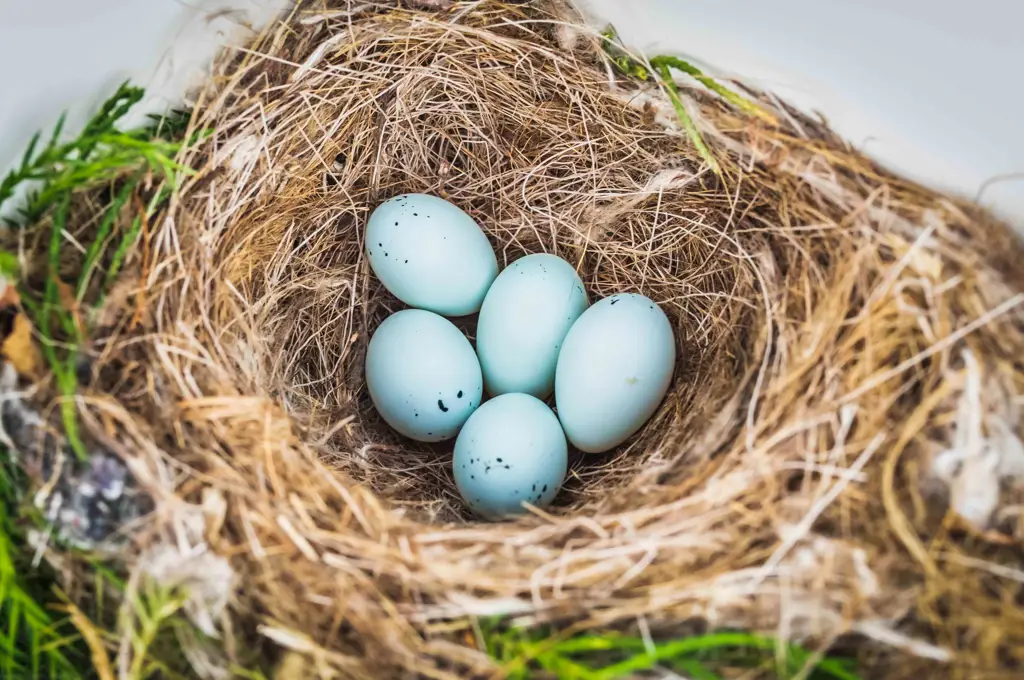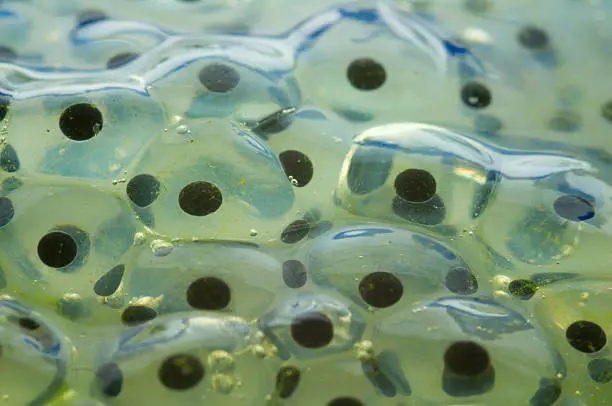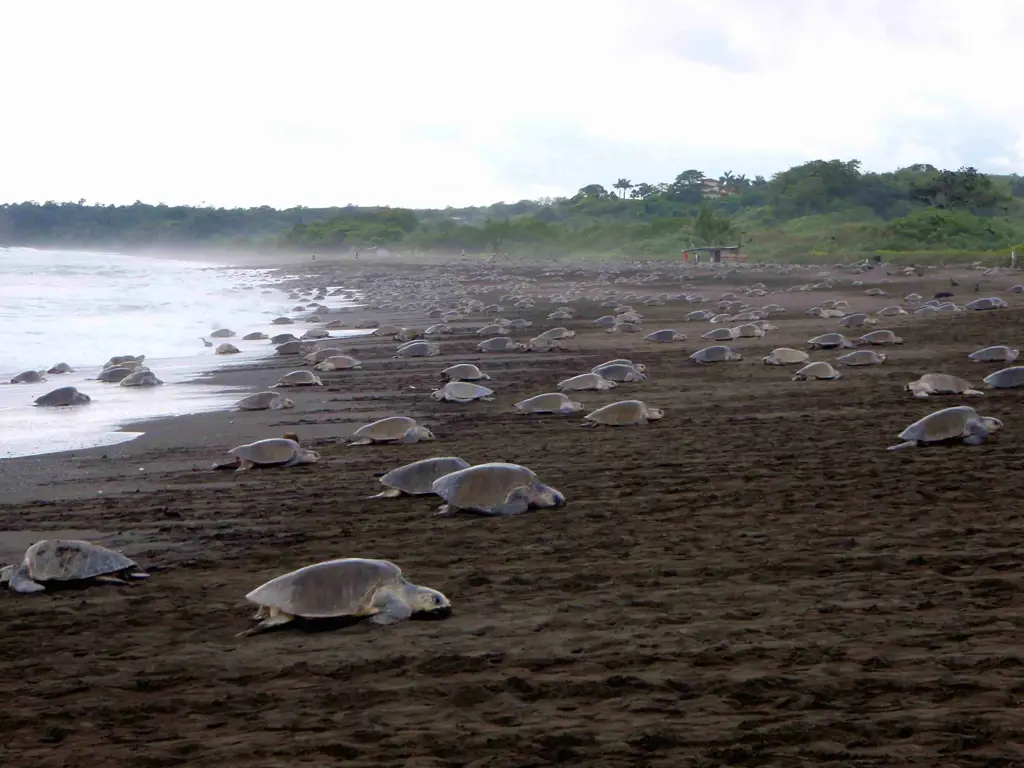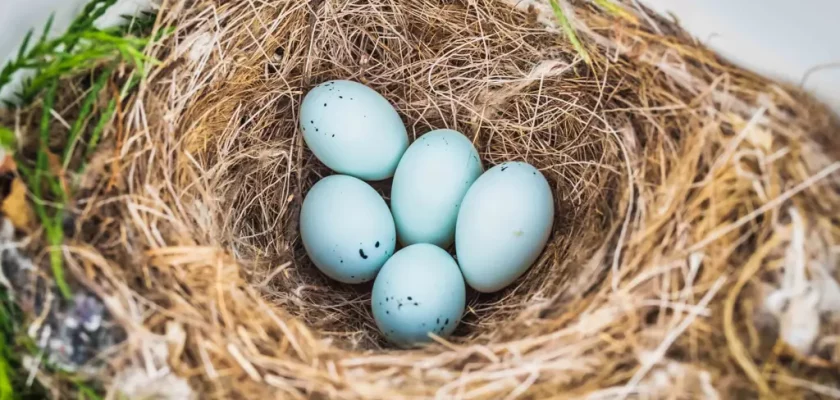Oviparous animals, or animals that lay eggs, represent a vast and diverse group within the animal kingdom. From the tiniest insects to the largest reptiles, the strategy of laying eggs is a remarkably successful reproductive method. Understanding oviparous animals and their diverse adaptations is key to appreciating the complexity and beauty of the natural world. This article will explore various examples of oviparous animals, highlighting their unique characteristics and reproductive strategies.
One of the most commonly known examples of oviparous animals is the chicken. Domesticated chickens are raised worldwide for their eggs and meat, but their wild ancestors also lay eggs. The process of egg-laying, or oviparity, involves the female producing eggs that contain the developing embryo, complete with yolk for nourishment. These eggs are then laid externally, where they incubate until hatching.
Beyond chickens, the world of oviparous animals is incredibly expansive. Many birds are oviparous, including eagles, penguins, and hummingbirds. Each species has unique adaptations to protect and incubate their eggs. For instance, eagles build impressive nests high in trees, offering protection from predators. Penguins, on the other hand, huddle together to keep their eggs warm in harsh Antarctic climates. Hummingbirds create tiny, cup-shaped nests to house their relatively large eggs considering the size of the adult bird.

Reptiles also display a wide range of oviparous species. Turtles, snakes, lizards, and crocodiles all lay eggs, often with different strategies for egg protection and incubation. Some species bury their eggs in the sand, relying on the sun’s warmth for incubation. Others may guard their nests, actively defending their eggs from predators. The eggs themselves also exhibit considerable diversity in size, shape, and shell texture, reflecting the species’ specific environmental needs.
The world of insects is dominated by oviparous species. Butterflies, moths, beetles, grasshoppers, and countless other insects lay eggs. These eggs can be laid in a variety of locations, depending on the species and the development stage of the young. Some insects lay their eggs on plants, providing a ready food source for the hatching larvae. Others may lay their eggs in the ground or in water.
Fish also provide a significant number of oviparous examples. Many species of fish lay large quantities of eggs, often releasing them into the water for fertilization and development. Salmon, for example, undertake impressive migrations to reach their spawning grounds, where they release millions of eggs. The survival rate for these eggs is often low, but the sheer number compensates for the high mortality rate.
Amphibians, while many are oviparous, show a significant departure from the other discussed groups in that they typically lay eggs in water or moist environments. Frogs and toads are well-known examples. Their eggs are often laid in gelatinous masses, offering some protection and preventing desiccation. The development of amphibian eggs often involves a tadpole stage, a unique larval phase before metamorphosis into the adult form.

Understanding oviparous animals is essential for appreciating biodiversity and conservation efforts. Different oviparous species face unique threats due to habitat loss, climate change, and pollution. Protecting the habitats of these animals and understanding their reproductive cycles is crucial for ensuring the survival of these remarkable creatures.
Keunikan Oviparitas
Oviparitas sebagai metode reproduksi menawarkan beberapa keuntungan unik. Telur memberikan perlindungan bagi embrio yang berkembang, melindungi mereka dari predator dan fluktuasi lingkungan. Yolk, yang kaya nutrisi, menyediakan makanan yang memadai untuk pertumbuhan embrio sampai menetas. Proses ini memungkinkan induk untuk menghasilkan banyak telur sekaligus, meningkatkan kemungkinan kelangsungan hidup spesies. Namun, juga perlu diperhatikan bahwa tingkat keberhasilan penetasan bisa bervariasi tergantung pada berbagai faktor, termasuk suhu lingkungan, kelembapan, dan tingkat pemangsaan.
Strategi Perlindungan Telur
Berbagai strategi perlindungan telur telah berevolusi di antara berbagai spesies ovipar. Strategi-strategi ini mencakup berbagai perilaku, seperti penguburan telur, perlindungan aktif oleh induk, atau bahkan penyamaran telur untuk menghindari predator. Memahami strategi-strategi ini memberikan wawasan berharga tentang adaptasi dan seleksi alam.
Contoh-contoh Strategi
- Penguburan telur di pasir atau tanah
- Menjaga sarang dari predator
- Menyembunyikan telur di tempat tersembunyi
- Membangun sarang yang rumit
Sebagai kesimpulan, oviparous animals examples are numerous and varied, highlighting the remarkable diversity of life on Earth. From birds to reptiles, insects to fish, the strategy of laying eggs has proven to be a successful reproductive mechanism, allowing these animals to thrive in diverse environments across the globe. Further study and conservation efforts are essential to protect the habitats and ensure the continued survival of these fascinating creatures.

The study of oviparity provides valuable insights into evolutionary biology, reproductive strategies, and ecological adaptations. By understanding the reproductive methods of various oviparous species, we can gain a deeper appreciation for the complexity and interconnectedness of life on our planet. The continued research and conservation efforts focused on oviparous animals will be vital to preserving biodiversity and ensuring a healthy ecosystem for generations to come.
